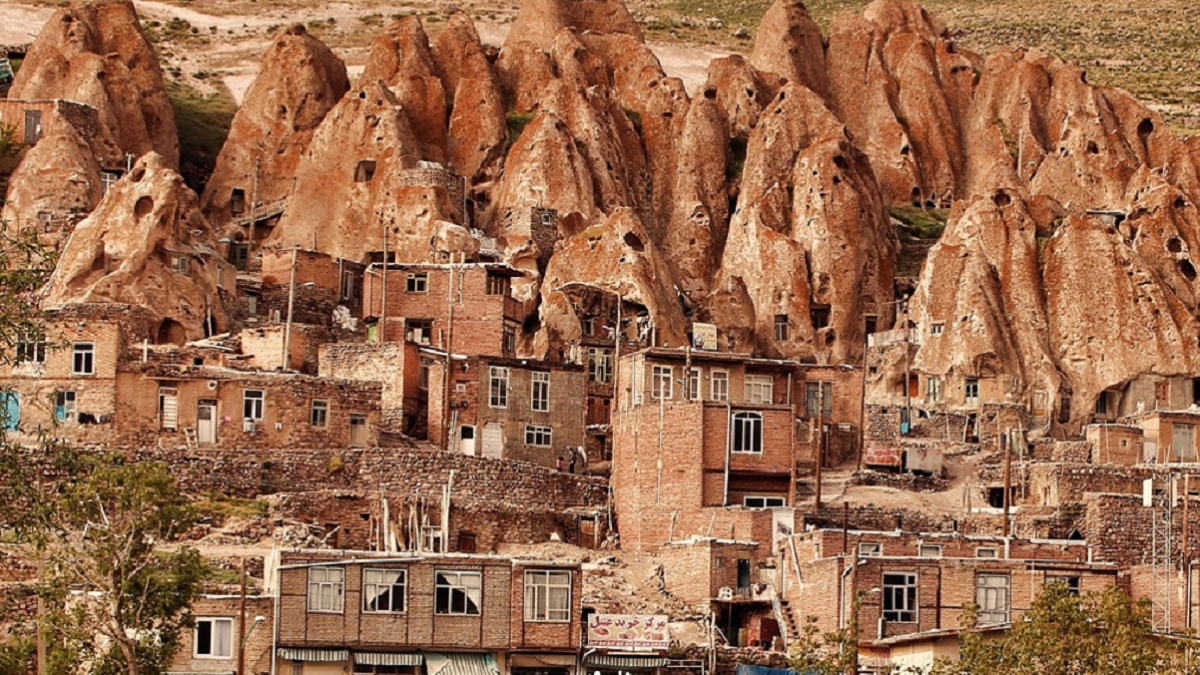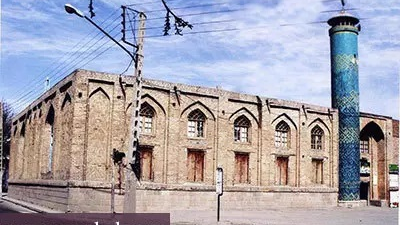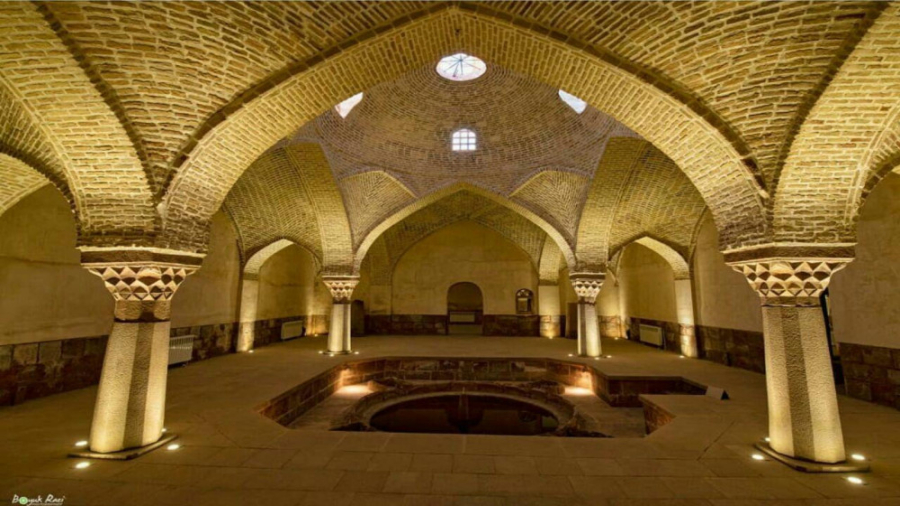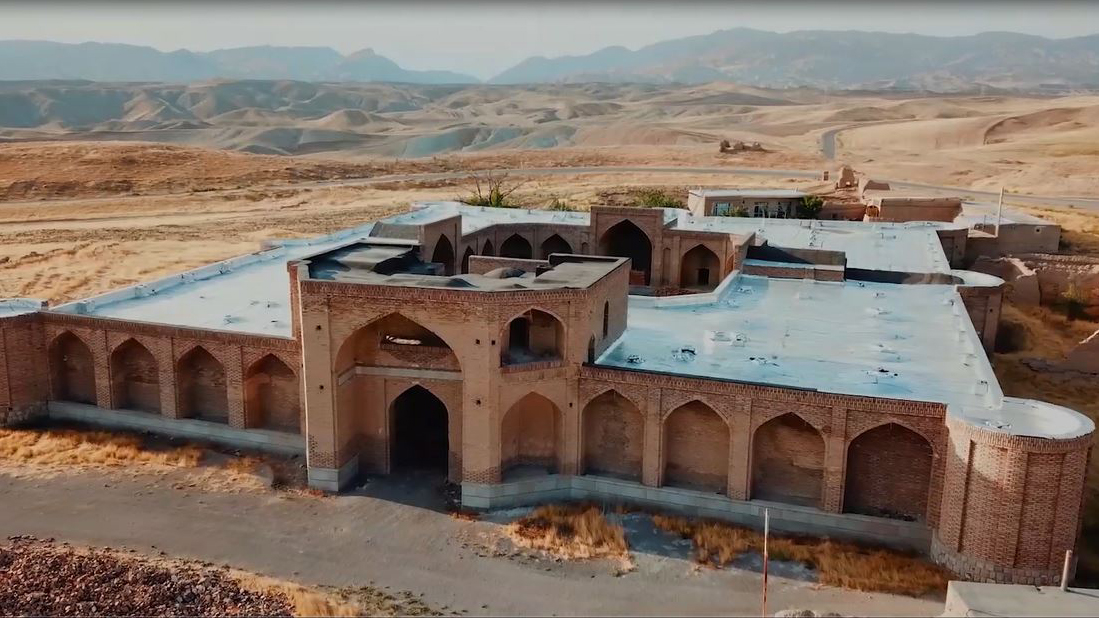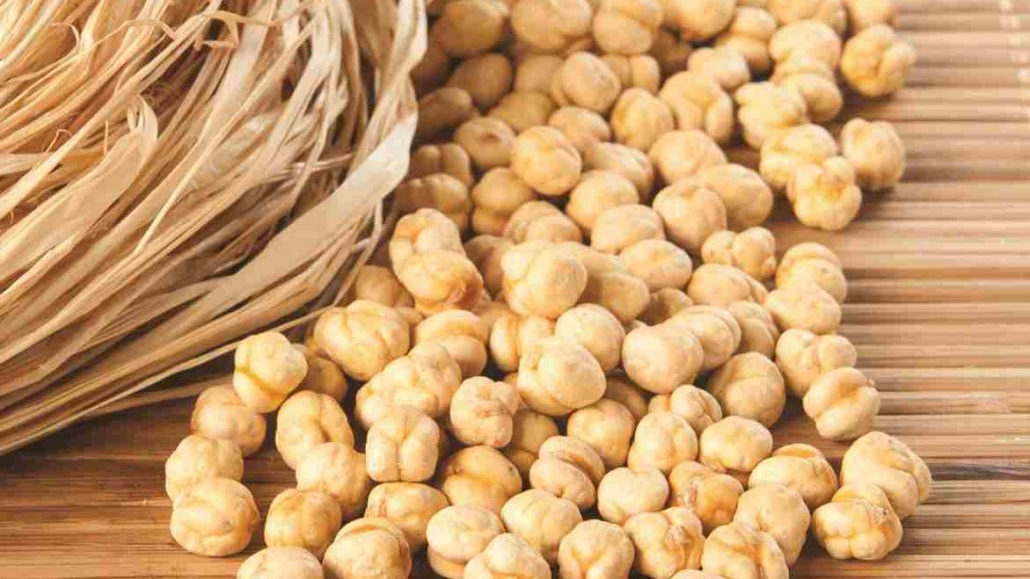Total: 0Toman

Flaxseed Halva
Flaxseed Halva
Many tourists who travel to different places, in addition to visiting natural and historical attractions, Many tourists also enjoy buying local handicrafts and foods. In this regard, Iran offers a wide variety of options, as each region has its own unique crafts and culinary specialties. Maragheh is a city that embodies these features, making it a popular destination for travelers.
A variety of souvenirs can be obtained in Maragheh. With its vast fields and orchards, this city is one of the main centers for horticultural and agricultural production in East Azarbaijan. Some souvenirs of the city are the products of this feature of Maragheh, one of which is the famous flaxseed halva, a very beneficial and delicious sweet made with flaxseed.
Flax and Its Characteristics
It is said that flax is one of the first plants cultivated by humans. Its resistance to drought and pests is one of the reasons why it was cultivated by humans, and they had been familiar with the properties of this plant even in ancient times, and perhaps this this reason, it has been used as a medicinal plant.
Despite the fact that the flax plant has more than 200 varieties, flax seeds are found in two types: golden yellow and brown. The oil produced from flax seeds is called linseed oil and has industrial and edible uses. This oil is colorless to yellowish, and it is extracted from dry and ripe flax seeds. Linseed oil is also used for polishing wood and oil paintings, and its medicinal applications—such as treating colds, burns, and stomachaches—have been documented in traditional medical texts.
Properties of Flaxseed Halva
Flaxseed halva, which has a dark color, is made from flaxseed. Maragheh and Tabriz have long been recognized as the main production centers of this halva, making it one of the distinctive sweets of East Azarbaijan.
Flaxseed halva is prepared by adding natural grape syrup as its sweetener. General strengthening of the body, treating osteoporosis, helping children and teenagers grow, treating children’s bedwetting, healing arthritis, strengthening sexual powers, and helping to improve back pain and pain caused by childbirth are some of the properties of flax. Flax is rich in omega-3. Decoction of flax seeds is used in the treatment of cough, cold, digestive, and respiratory disorders. Consumption of flax can be effective in reducing the risk of having high blood cholesterol, cancer, and diabetes.
Specialists consider daily consumption of 10 to 20 grams of flax seeds permissible and warn about increased body temperature and sore throat if it is used excessively. Bloating, constipation, nausea, and stomach pain are other symptoms of excessive use of flaxseed.
Sweet shops and confectioneries supply flaxseed halva in Tabriz and Maragheh, and it can even be found in groceries.
How Is Flaxseed Halva Produced?
Flaxseed halva is usually produced in workshops, and in addition to flax seeds, it contains white flour, powdered sugar or grape syrup, butter or liquid oil, and water.
In the first step, flax seeds are placed on a gentle gas flame and roasted, and then allowed to cool completely. After that, the seeds are put into the mill to turn into powder.
Meanwhile, flour and water are mixed and stirred well to obtain a smooth mixture. Then this mixture is placed on the flame and stirred continuously. This work continues until the mixture of water and flour thickens.
In the next step, the mixture of flour and water is added to the ground flax seeds and mixed. While stirring, butter or liquid oil and powdered sugar or grape syrup are added to it. At this stage, the ingredients should be kneaded well to finally obtain a mixture with the desired thickness.
Maragheh and Tabriz have been known as the main production centers of this type of halva since the distant past, and, therefore, it can be considered one of the special sweets of East Azarbaijan.
| Name | Flaxseed Halva |
| State | |
| City | Maragheh |
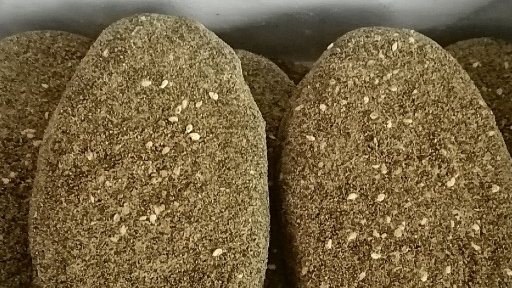
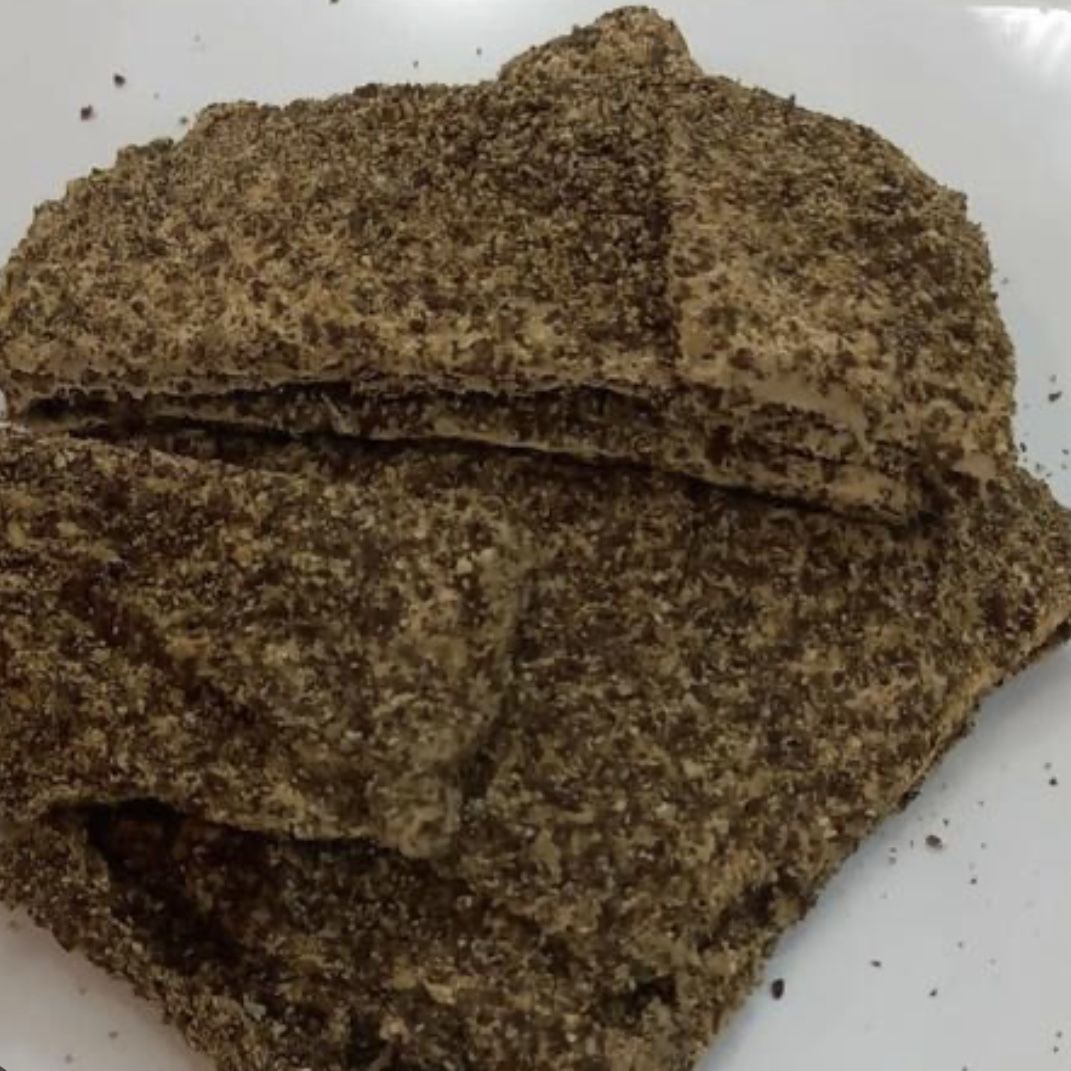
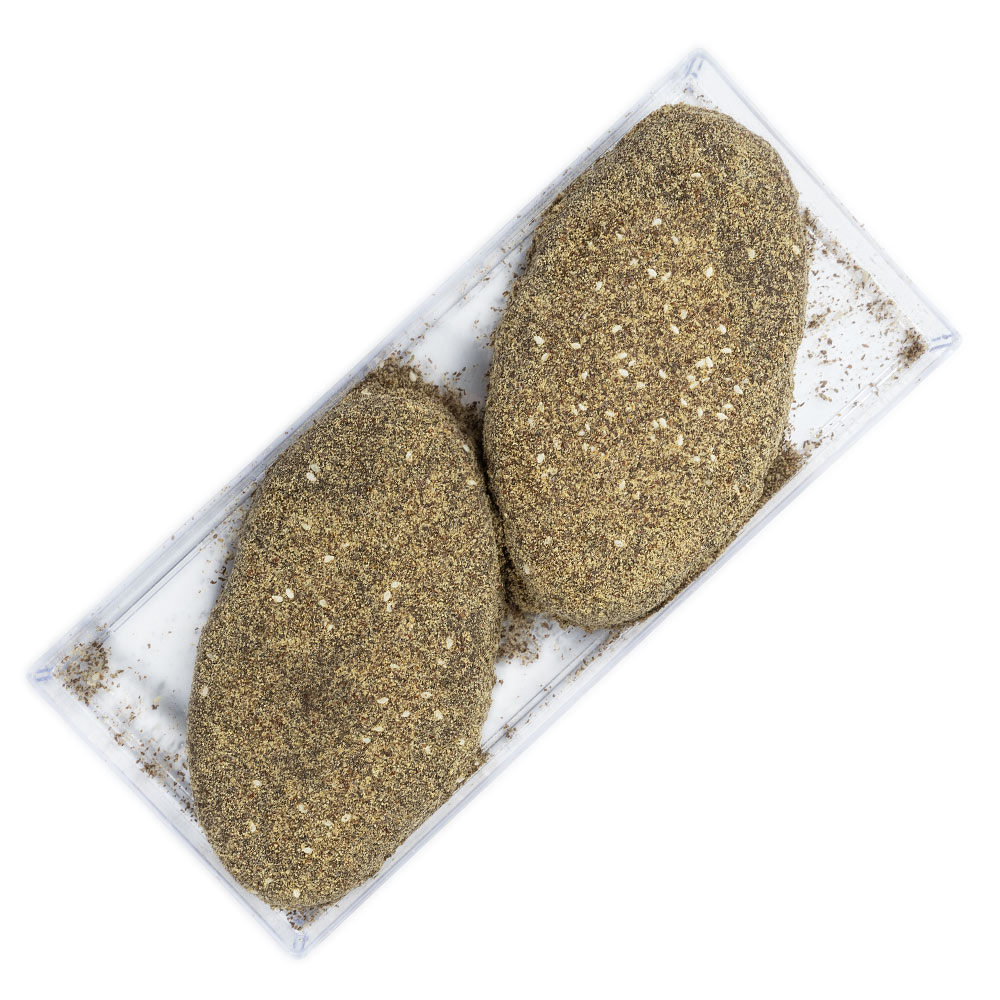



Tourist Attractions
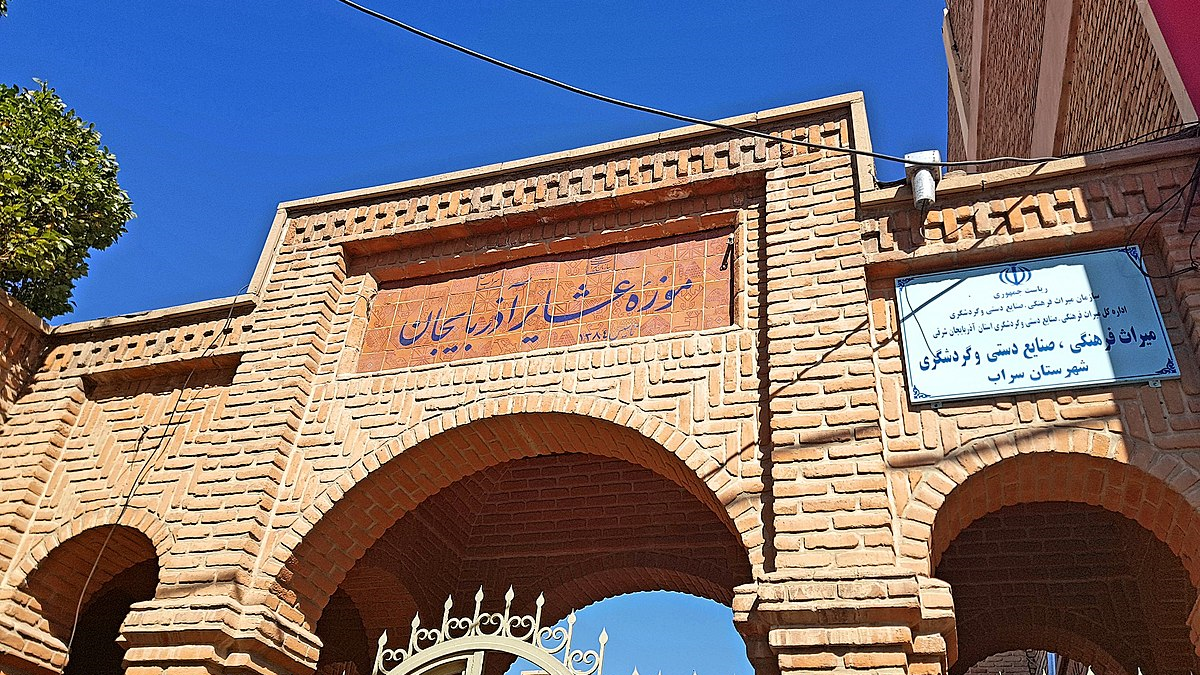
Museums
- Azarbaijan Museum of Nomads, Getting to Know One of the Most Influential Parts of Iranian Society
- Anthropology Museum of South of Sahand
- Cartoon Museum of Tabriz
- Private Collection of H. Aqaei
- Tabriz Museum of Qur’an and Manuscripts
- Safavi Museum of Bonab
- Khoda Afarin Archaeological Museums
- Petroglyphs Museum of Maragheh; A Collection of Historical Tombstones
- Muharram Museum of Tabriz; A place to Learn about the Traditions of the People of Azarbaijan
- The Iron Age Museum of Tabriz; A Journey through Human History
- Municipality Palace of Tabriz
- Tabriz Museum of Natural History; A Place to Get to Know the Nature of Northeast Iran
- Shahriar’s House Museum
- The Sanjesh Museum of Tabriz; A Place to See Interesting Human Instruments
- The Ilkhanate Museum of Maragheh; Manifesting the period when Maragheh was at its peak
- Azarbaijan Museum; A Journey from Prehistory to The Contemporary World
- Ahar Museum of Literature and Mysticism; A Manifestations of Iranian Culture
- Constitution House of Tabriz
- The Story of the Ali Masyou House and Its Transformation into a Museum
- The Qajar Museum of Tabriz; Visiting Historical Objects in a Unique Historical House
Latest News
The most visited news


